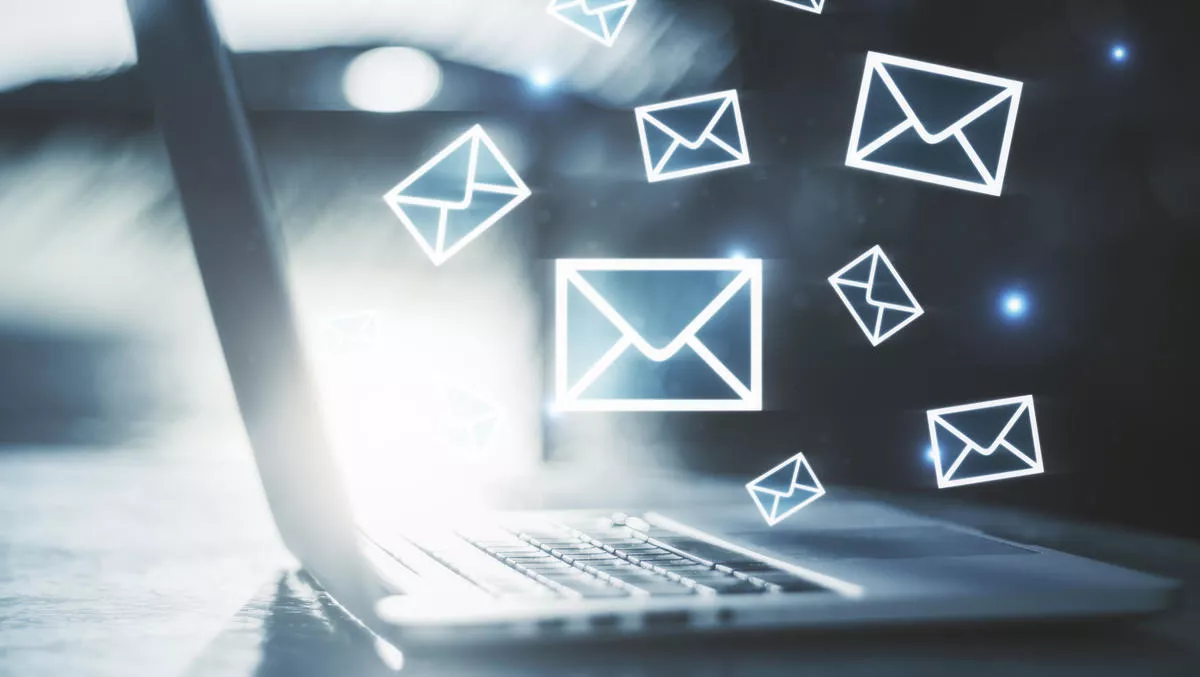
Reducing the amount of time employees spend on email
Research suggests that workers spend as much as 6.5 hours per day reading and replying to emails.
Even at the lower end, that's more than a quarter of each working day and that's just the average; some workers in information-intensive roles or industries may spend much more than that.
This can create significant bottlenecks when it comes to sharing information, collaborating effectively, and moving projects forward.
The solution is to reduce the amount of time employees spend on email.
When email became widely adopted in the business world, it was revolutionary. It provided a faster communication method than letters and memos that had to be physically distributed and it was more private and convenient than faxes.
However, as email has become ubiquitous, it has devolved into a time-wasting business tool instead of one that promotes productivity.
In many organisations, business managers are looking for ways to minimise the use of email or make it more efficient so that employees can focus more on deep work and creative tasks instead of on managing their emails.
But most of the solutions organisations trial end up with their own set of challenges.
For example, instant messaging is too hard to organise and track, and it doesn't work for team members in different time zones, while internal collaboration tools don't always let third parties communicate with the team seamlessly.
As more employees and businesses are discovering the myriad benefits of remote working, the question of how to solve the email challenge is becoming more urgent.
In many situations, email still provides the best option to communicate with teams, especially if that communication includes a lot of information. Therefore, it's likely that the best solution to the email challenge will be one that seamlessly connects individuals' emails to team collaboration tools.
Often, people receive important attachments via email. They then have to manually save those attachments into shared drives that don't have an obvious or reliable taxonomy, making those documents hard to find again.
Being able to put those emails and their attachments straight into a shared drive without having to switch between applications is a massive time saver. It means that all project team members can access all relevant information at all times, keeping projects moving forward based on the latest information.
This reduces the amount of time people spend on managing emails and increases the amount of time they can spend on creative and innovative work, leading to greater job satisfaction and better results for the organisation.

